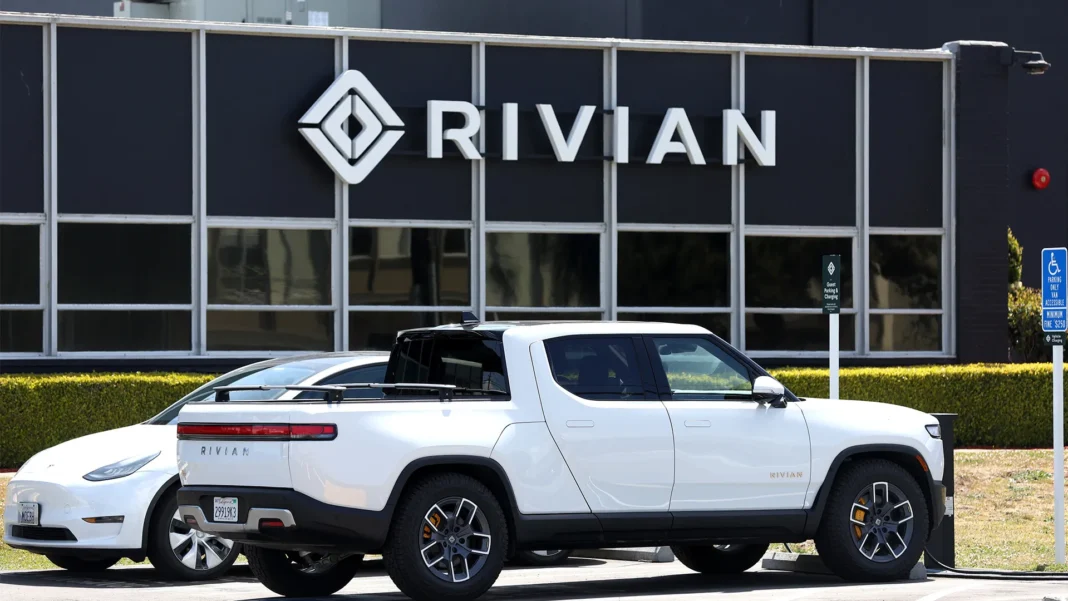Rivian Automotive Inc. has captured the attention of investors following its recent earnings report for the fourth quarter of 2024, marking a significant milestone for the electric vehicle manufacturer.
The company announced a gross profit of $170 million, which is a first for Rivian, and exceeded Wall Street’s revenue expectations, leading to a notable surge in its stock price.
On February 20, 2025, Rivian’s shares rose over 3% in after-hours trading as the company reported revenues of $1.734 billion for the quarter, surpassing Bloomberg’s consensus estimate of $1.386 billion.
This represents a 32% increase from the previous year’s $1.315 billion.
Despite reporting an adjusted loss per share of $0.46—better than the anticipated loss of $0.65—the company also noted an adjusted EBITDA loss of $277 million, which was significantly lower than the expected $399.8 million loss.
CEO RJ Scaringe emphasized the importance of cost efficiency in achieving this positive gross profit, stating, “This quarter, we reached a positive gross profit and decreased automotive cost of goods sold by $31,000 per vehicle delivered in Q4 2024 compared to Q4 2023.”
Rivian aims to maintain this momentum as it prepares for the launch of its mass-market R2 vehicle.
Looking ahead, Rivian projects its adjusted EBITDA loss for 2025 to be between $1.7 billion and $1.9 billion, with expected vehicle deliveries ranging from 46,000 to 51,000 units—down from the 51,579 vehicles delivered in 2024.
The company remains cautious about external factors that could impact these projections, including changes in government policies and market demand.
Despite these positive developments, analysts express mixed sentiments about Rivian’s future prospects.
Bernstein recently initiated coverage with an Underperform rating, citing concerns over the company’s ability to translate production milestones into financial success amidst increasing competition and market challenges.
As Rivian navigates these complexities, its stock performance will likely continue to be influenced by broader market dynamics and investor sentiment regarding the electric vehicle sector’s growth trajectory.
Also Read

